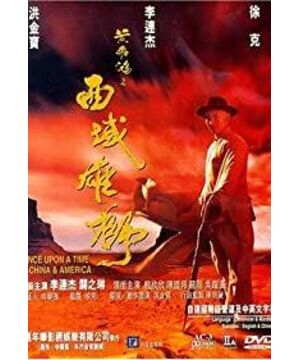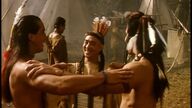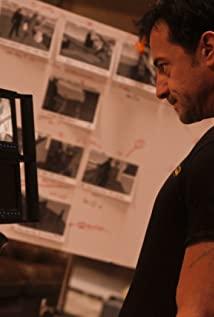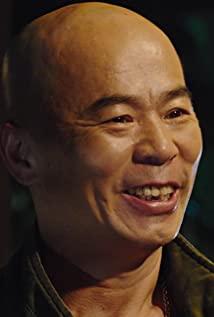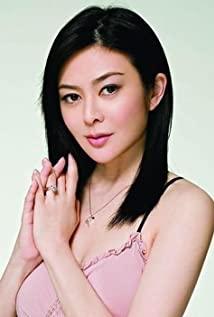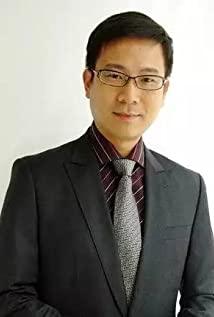The film was released on 1997-2-1 (the eve of the return of Hong Kong), and was the last film of Tsui Hark's Once Upon a Time series. The English film name of the series is Once Upon a Time in China, which imitates Once Upon a Time in America (translated as American past), so Huang Feihong's English film title is translated as Chinese past, and the story of this film does not take place in China. , but it all happened in the United States, and the original English name must not be used, so it became Once Upon a Time in China and America. In fact, it is called Wong Feihong in America (Huang Feihong in the United States). This name shows how successful the first three parts of the series are and how deeply rooted they are at home and abroad. One of the reasons is that it reflects the characteristics of the times and borrows the past to describe the present.
This film reflects the confusion of Hong Kong people on the eve of Hong Kong's return to the motherland, as if they had lost their memory. Many people chose to leave Hong Kong to immigrate to the British Commonwealth and the United States. A large-scale immigration wave occurred. According to the statistics of the Hong Kong Immigration Bureau, by 1995, Hong Kong people The total number of immigrants overseas is 608,300, which is equivalent to about 10% of the total population of Hong Kong, and most of them are elites. What remains is the same confusion, not knowing what kind of citizen "identity" he is, how similar inside and outside the play! In the play, even a national hero like Huang Feihong and a generation of masters lost their memory and became confused. They asked themselves who I was. Later, when I regained my memory, they said that he seemed to have a spring dream. Fan taught the Chinese people to be united and self-improvement, and repeatedly persuaded them to remember who they were, but they couldn't wake up the drowsy and numb Chinese masses, marking the end of Wong Fei-hung's era. In the play, Huang Feihong is the representative of the spirit of Chinese martial arts and a model of morality. Outside the play, Huang Feihong is recognized as the iconic character of Hong Kong martial arts kung fu films, and he has reached the peak through the hands of Tsui Hark and Jet Li, and his confusion can actually be It is a true portrayal of Tsui Hark himself, and even he is confused. How can Hong Kong movies with kung fu films as the leader go? In 1991, Tsui Hark + Jet Li's "Once Upon a Time" set off a craze of ancient costume martial arts and kung fu films, and numerous follow-up works emerged for a while. It also includes Jackie Chan. After Huang Feihong became popular in 1991, Jackie Chan filmed Drunken Fist 2 in 1994, which is also a story about Huang Feihong. The Lion of the Western Regions was released on 1997-2-1, and the three words who Huang Feihong was talking about in the film became a film of Jackie Chan, which was released on January 17, 1998, one year after the Lion of the Western Regions was released. The title of the film, the main plot in it is actually a head injury and was rescued by the local natives in a coma but lost his memory, but he still remembers Kung Fu, and after losing his memory, the local natives painted camouflage on their faces and adapted to the local life; 2000 Jackie Chan's Shanghai Noon plagiarized the story of the Lion in the Western Regions, who strayed into the Indian tribe and was spotted by the Indian woman, but didn't like the Indian woman because she had a different heart, so the Indian woman had to give up the plot. No matter who is responsible for this similarity, the decline of kung fu films and even Hong Kong films is irreversible. After that, Jet Li and Jackie Chan both went to Hollywood to make films. The first martial arts instructor Yuan Heping was reduced to being a martial arts instructor for mainland TV dramas, marking Hong Kong An era of movies has ended, and since then, Hong Kong movies have become more and more sluggish.
View more about Once Upon a Time in China and America reviews


